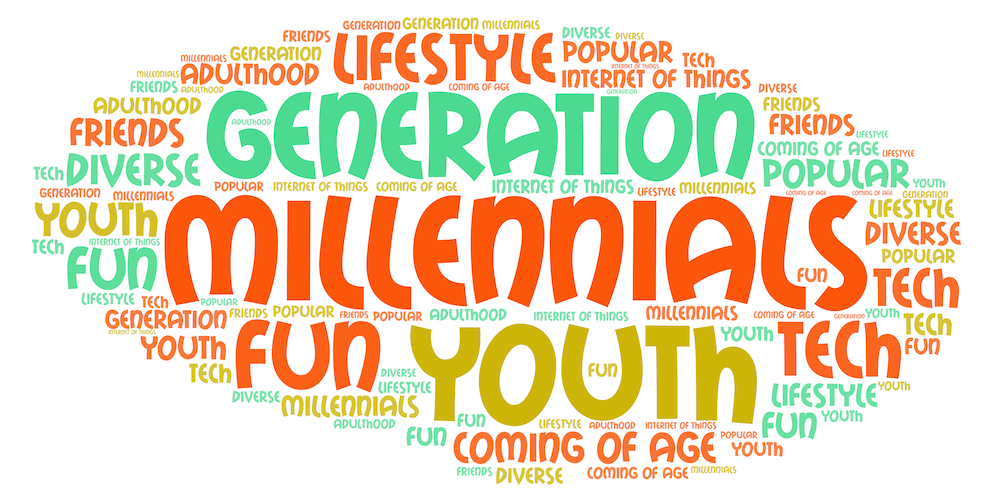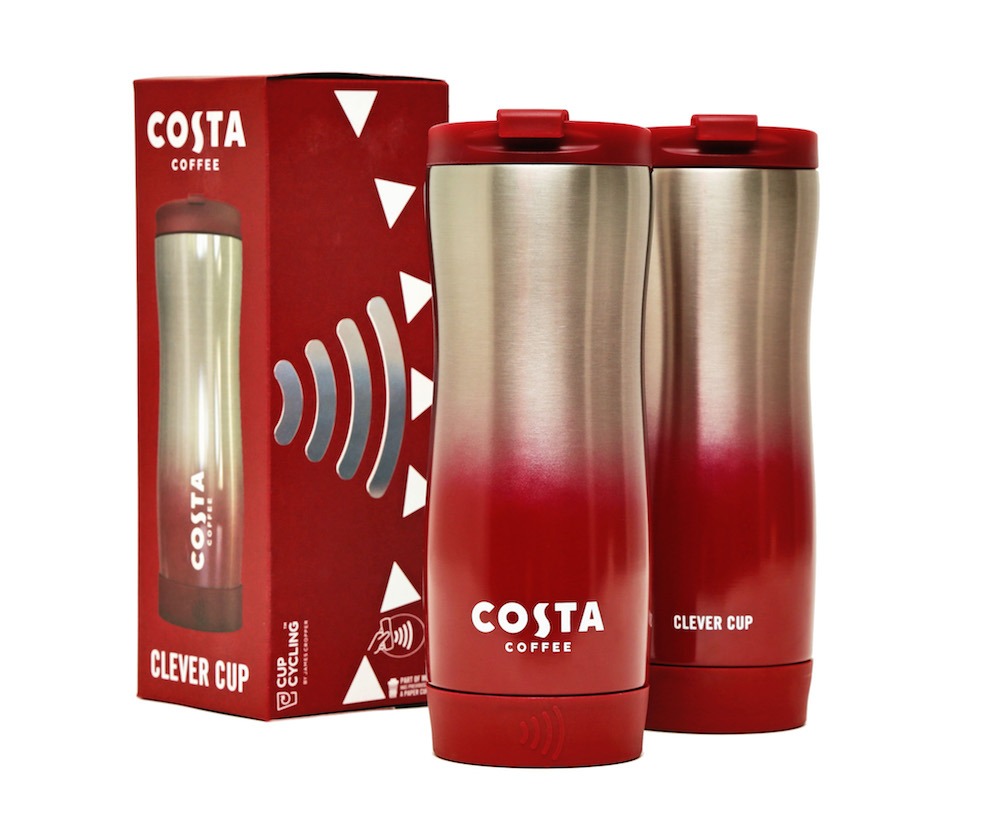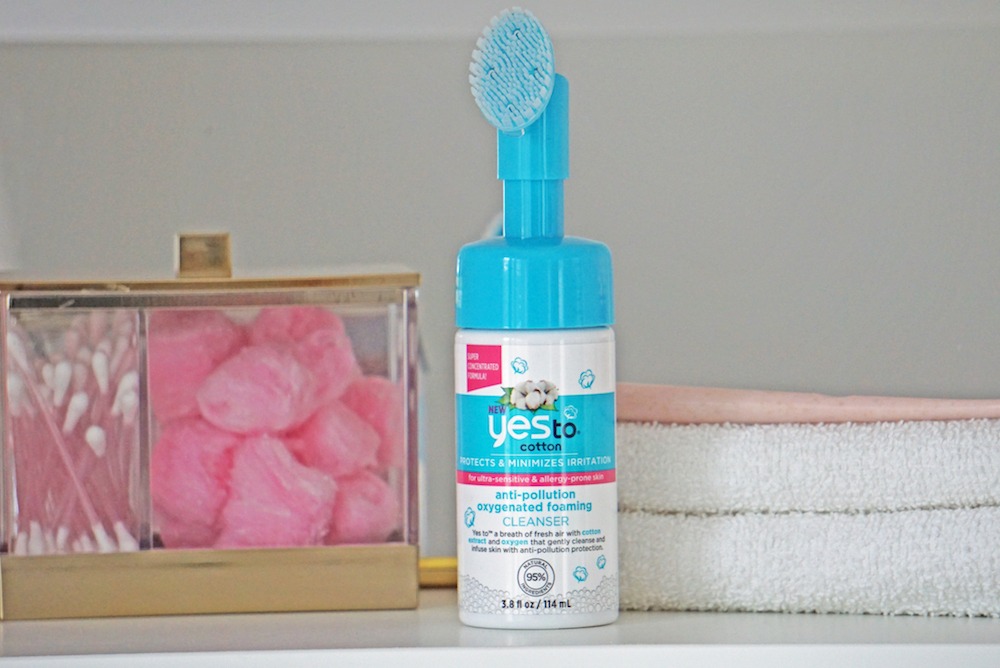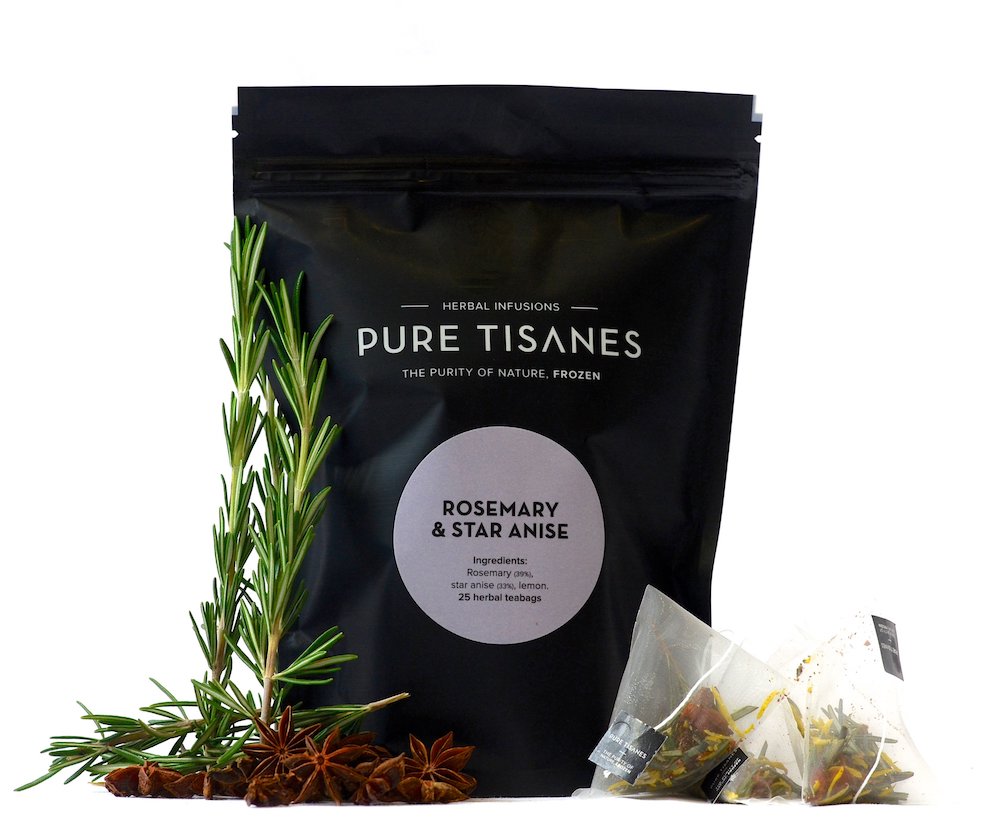Packaging manufacturers aim to appeal to consumers - who look for convenience - through redesigning products and using interactive technology

The largest consumer segment is now the millennial generation (Credit: Flickr/Kevin Smith/https://www.flickr.com/photos/145362372@N03/)
Time has become the most precious resource for busy consumers, and packaging has to make sure that it provides those consumers with the quickest, simplest way to prepare or use their products without delay. Packaging Today’s Sonia Sharma finds out more.
Consumers are now living increasingly busy lifestyles, where convenience and authenticity are key elements that influence their purchasing decisions – be that food, beverage or personal care products. The largest consumer segment is now the millennial generation.
This demographic – born between 1980 and the late 1990s – are in their prime spending years, and manufacturers and brands are catering to their demands by offering products that fulfil their core needs.
Convenience is a fundamental factor for a generation used to speedy gratification – whether that is ordering transportation from an app such as Uber, booking a flight at the touch of a button and having the boarding pass on-screen within seconds, or using social media platforms such as Twitter, Facebook and Instagram, where stories and posts can be shared in real-time.
This generation is used to having things immediately and with minimum fuss, and they expect the same rapidity from products. Millennials have grown up with technology, and as such, brands are constantly looking at ways to integrate this into the experience of the end-users.
Initiatives such as ‘table service’, from pub chain JD Wetherspoon, where drinks and meals are ordered via the Wetherspoon app and paid for through Apple Pay, Google Pay or PayPal, negating the need for people to wait in a queue, is just one example.
As the Wetherspoon website states: “It’s perfect if you’re visiting the pub on your own and don’t want to lose your table – or you don’t want to carry a large round of drinks back through a busy pub on a tray. It’s also a game-changer if you’re not as mobile or you’re sitting a long way away from the bar.”
If combining technology with convenience has become the norm, the products millennials choose to purchase should also match this speed, and do it accessibly. Quicker payment methods are the main driver for the modern consumer looking for that instant transaction.
Manufacturers are now catering to those consumer needs by inserting technology into packaging to facilitate faster checkout times. It is a trend that is heavily based on the technological foundation of constant connection.
The ‘Clever Cup’ from Costa Coffee is one such example of an integrated payment method that relies on technology. The coffee cup has a silicone base that contains a contactless chip, which can be ‘touched’ on the card reader to make an instant purchase.

Jason Cotta, managing director at Costa Coffee, says that “contactless technology has become increasingly prominent in our daily lives and, through the launch of the new Costa/Barclaycard Clever Cup, we hope to appeal to those tech-savvy customers to help facilitate and drive environmentally-friendly behaviour.
While we are committed to ensuring more takeaway coffee cups are recovered and recycled, we also want to incentivise and reward customers who help reduce the number of takeaway cups being wasted. We offer a £0.25 discount on hot drinks in all our stores for customers using reusable cups, and hope the innovative Clever Cup will become an additional incentive for increasing the use of reusable cups.”
The Clever Cup can be used anywhere that accepts contactless payments, allowing the customer to pay for a multitude of things with their cup – they are not limited to only Costa stores. Using Barclaycard technology, customers are also able to track their spending, top-up their balance and even block the contactless payment element online if the cup has been lost.
Rob Morgan, head of sales and partnerships at Barclays, says that “today’s shoppers are looking for seamless ways to pay. Our wearable chip technology allows almost any accessory to be transformed into a smart payment device, unlocking the benefits of speed and ease in everyday purchases.
“We’re proud to be working with Costa Coffee to give the UK another compelling reason to carry a reusable cup as part of its daily routine.”
How packaging in the cosmetics industry is improving convenience for consumers
Another product category that benefits from convenience is the personal care market. Research from Mintel shows that US body, hand and footcare product consumers would keenly express interest in more convenient packaging formats. For example, 85% are interested in pump bottles since they suggest easier product application, and with less mess.
Incorporating convenience into cosmetic products is something Yes To Cotton has done in its new offering, the Anti-Pollution Oxygenated Foaming Cleanser. It integrates the cap into its product by including a screw-on foam-creation pump dispenser closure with a tall actuator that has a separate brush head fitting over the front.
The brush head then has a protective cover with a stop-clip around the base of the pump in order to prevent accidental activation. For added aesthetic benefit, the brush head can be seen through the clear over-cap, which may encourage potential users to purchase the product. This ties into a rise in demand for caps that open, close and dispense without coming off the bottle.
Adapting traditional formats in order to cater to consumer needs is a top priority for the personal care industry, where end-users demand convenience for on-the-go issues. Recently, style brand VO5 released the Frizz Free Serum Wand, a hair serum in a mascara-type bottle.

The slender black plastic bottle capitalises on the convenience market by being small enough for users to carry in their bag, and so be able to touch-up any flyaway hairs with a flexible brush applicator that allows for precise application.
Convenience products are implementing features – such as dual chambers within the pack – to allow consumers items that fulfil two different needs. The Revitalift Triple Power Intensive Skin Revitaliser Serum and Moisturiser L’Oréal Paris is a highly concentrated anti-ageing serum and moisturiser in a dual chamber system.
Rectangular in shape, the pearlised red plastic bottle is lined with flat sides and held together by an injection-moulded white plastics fitment around the neck. It also has a semi-transparent red plastics snap-on pump dispenser actuator on top of the pack that allows for the dual dispensing nozzle to protrude through a front aperture.
The serum contained inside the separate bottles are channelled through internal tubes and combined at the point of dispense through a single nozzle with two separate apertures. When the pump actuator is pushed, pressure is applied to both of the internal spring.
This causes the product to flow through each of the mechanisms in a controlled way, allowing the products to be applied at once – a clever time-saving device. Convenient mess-free dispensing has become a critical component of the pack formats that brands are now using.
The constantly shifting and increasingly dynamic lifestyles of consumers has led to dispensing mechanisms and portable products that support them. Those changing consumer demands are pushing designers and developers to offer not only novel and innovative ideas, but a tested use of products that also deliver ease.
Flexible packaging and tea manufacturers
As consumer lifestyles become more active and hectic, durable delivery systems are needed to consume food and drink on the move. One format in particular, the pouch, has gained unprecedented popularity in recent times.
The pouch was previously seen mostly in the baby food sector but is no longer just considered a children’s packaging format. Many products now come in the versatile pouch, such as tea, coffee, smoothies and even adult products such as wine and spirits.

Pouches for tea and coffee are extremely popular. Gilly Cowley, founder of Pure Tisanes, decided to use the format for the frozen teabags that her brand produces. “The fresh ingredients – herbs, fruits and spices – are sealed in teabags before being snap frozen and placed into freezer-ready, press-sealed pouches,” she says.
“This is the most efficient and convenient way of storing the teabags in the freezer because pouches are more flexible than a more rigid box-like container. Our pouches are made from a food-grade, PET freezer-compatible film and are resealable, which is essential for reducing the transfer of flavours between other foods stored in the freezer.”
Tim Fozard at Twinings agrees. “When we launched the mesh pyramid teabags in pouches, they were innovative due to customers being able to see the tea through clear windows in the packaging.
“In addition to the clear packaging, the resealable strip means the tea is kept as fresh as possible – due to being hygroscopic, tea will absorb odours and moisture, so it is essential to keep the product sealed in order to prevent degradation.”
Consumers lead increasingly busy lives that call for convenient beverage products. The Protein Pouches from Arla tap into this market with product offerings such as the convenient 200g protein-packed strawberry and mango yogurt pouch.
“As the protein market continues to grow,” Steph Barker, brand manager at Arla Protein says, “we need to ensure our NPD [new product development] is differentiated and based on consumer insight, while still delivering on our brand message of ‘20g of protein a serving’. Our target audience have busy lifestyles, so we wanted to extend the portfolio to include products for on-the-go consumption. So we launched Arla Protein Pouches.
“With a thin silky consistency, the yogurt snack can be squeezed from the packet with ease, meaning you can eat every last drop with no spoon. The glossy black packaging is in line with the rest of our range and provides excellent stand-out on the shelf.
“With consumer demands consistently rising,” Barker continues, “it is up to the industry in all product categories to provide innovative pack solutions that align themselves to changing consumer lifestyles.
“The developments within formats [like pouches], in addition to integrating technology within the products, ensure that the market is meeting consumer needs, allowing the brands to remain competitive in their respective sectors.”
This article originally appeared in the winter 2019 edition of Packaging Today. The full issue can be viewed here.
